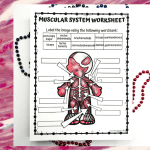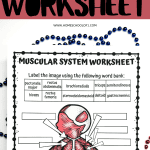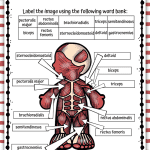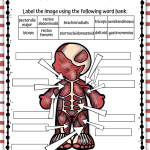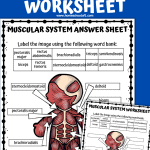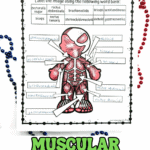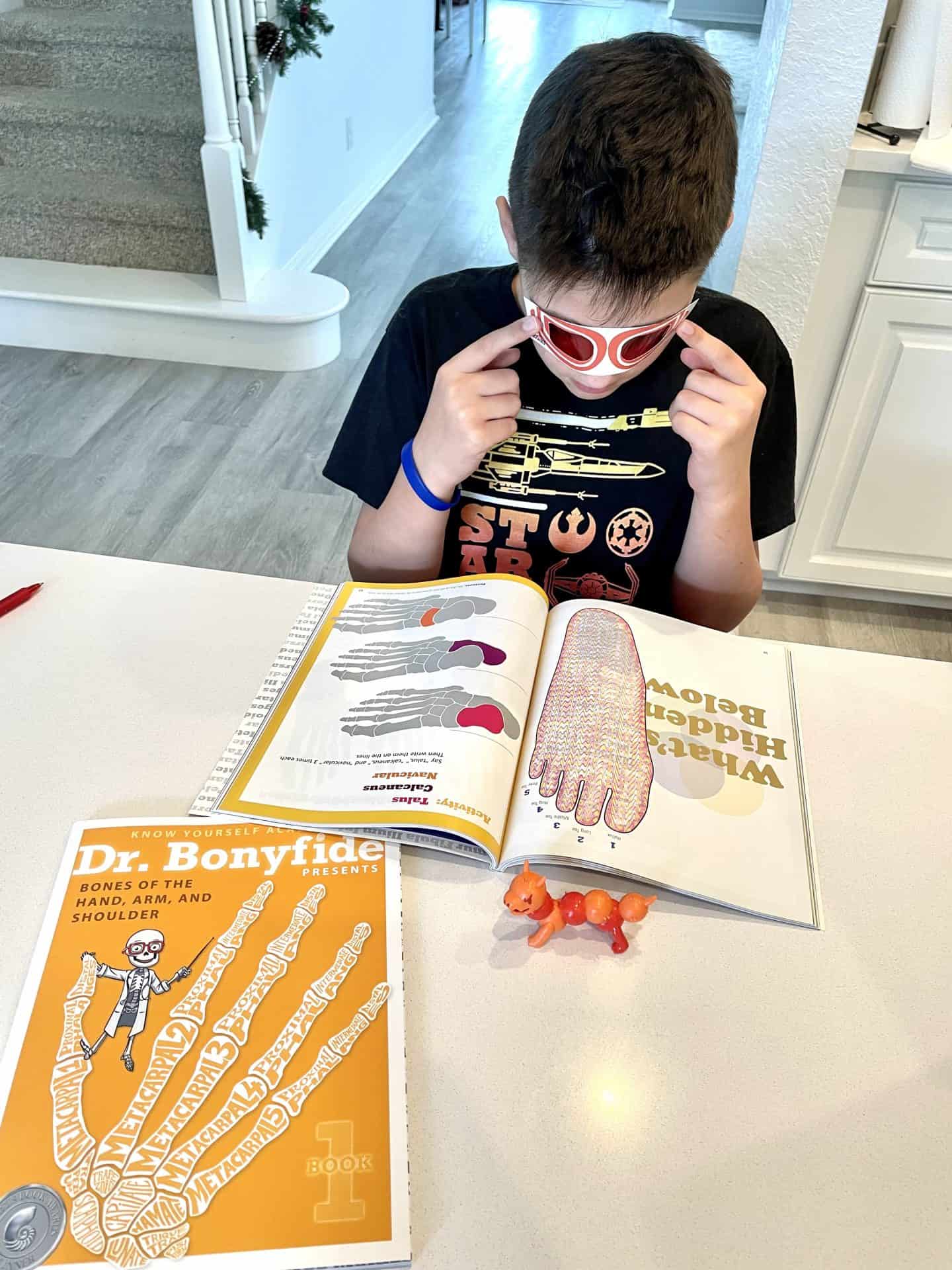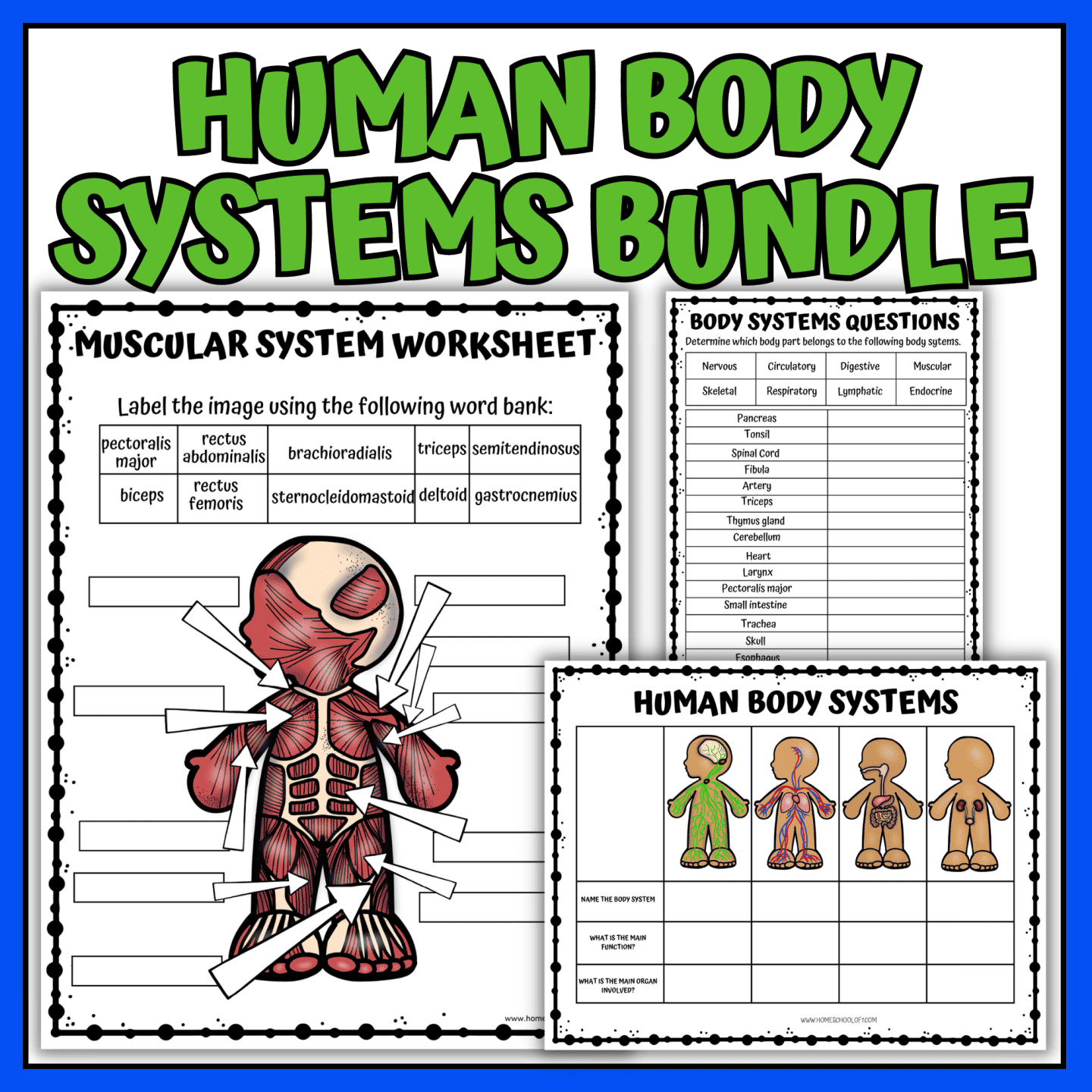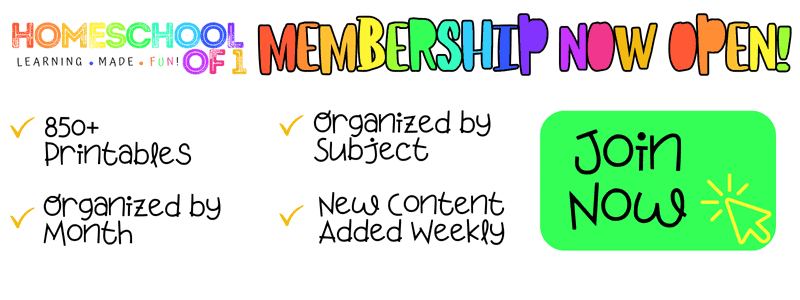Free Muscular System Labeling Worksheet
When my son was learning about the human body, a muscular system labeling worksheet made all the difference.
Instead of just memorizing terms, he could actually see where each muscle belonged and connect the word to the movement.
This free body systems printable is a simple way to help kids understand how their bodies work, whether you’re teaching at home or in the classroom.
With a clear diagram, word bank, and answer key, it turns what can feel like overwhelming science vocabulary into an interactive activity that sticks.
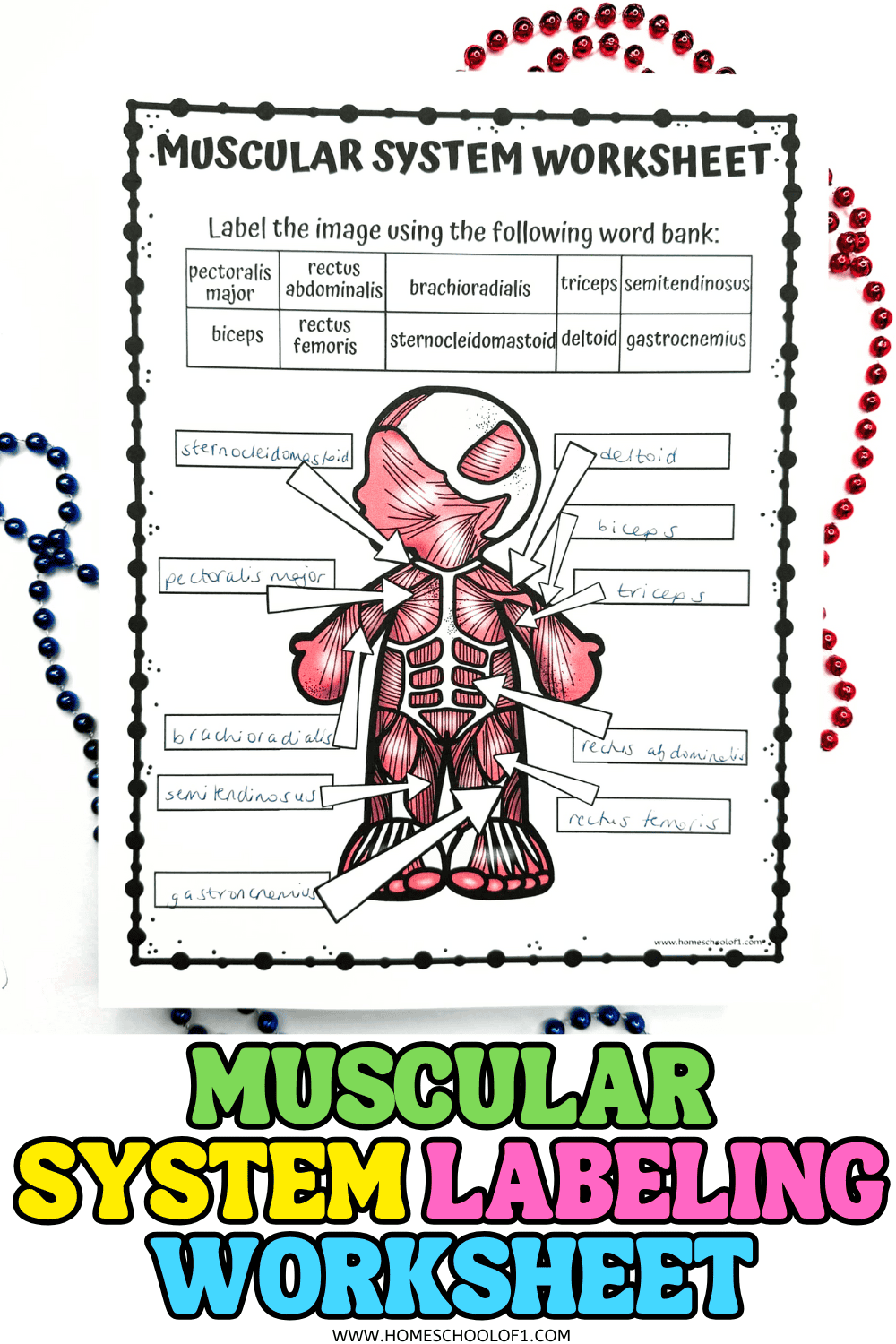
**This post may contain affiliate links. As an Amazon Associate and a participant in other affiliate programs, I earn a commission on qualifying purchases.**
Label the Muscles Worksheet
This free printable muscle worksheet is designed for kids learning the basics of anatomy, whether in a homeschool or classroom setting.
It comes with a word bank and answer key to make the activity approachable, and the focus is on labeling some of the most important muscles in the body.
The worksheet highlights muscles such as:
- semitendinosus
- sternocleidomastoid
- deltoid
- pectoralis major
- biceps
- triceps
- gastrocnemius
- brachioradialis
- rectus abdominis (correct spelling, instead of abdominalis)
- rectus femoris
What is the Muscular System?
The muscular system is what makes it possible for us to move, from smiling and talking to running and jumping.
Our bodies actually have more than 600 muscles, but in middle school science kids usually focus on a handful of the major ones.
This worksheet helps students label and learn some of the most important muscles, using both a diagram and a word bank.
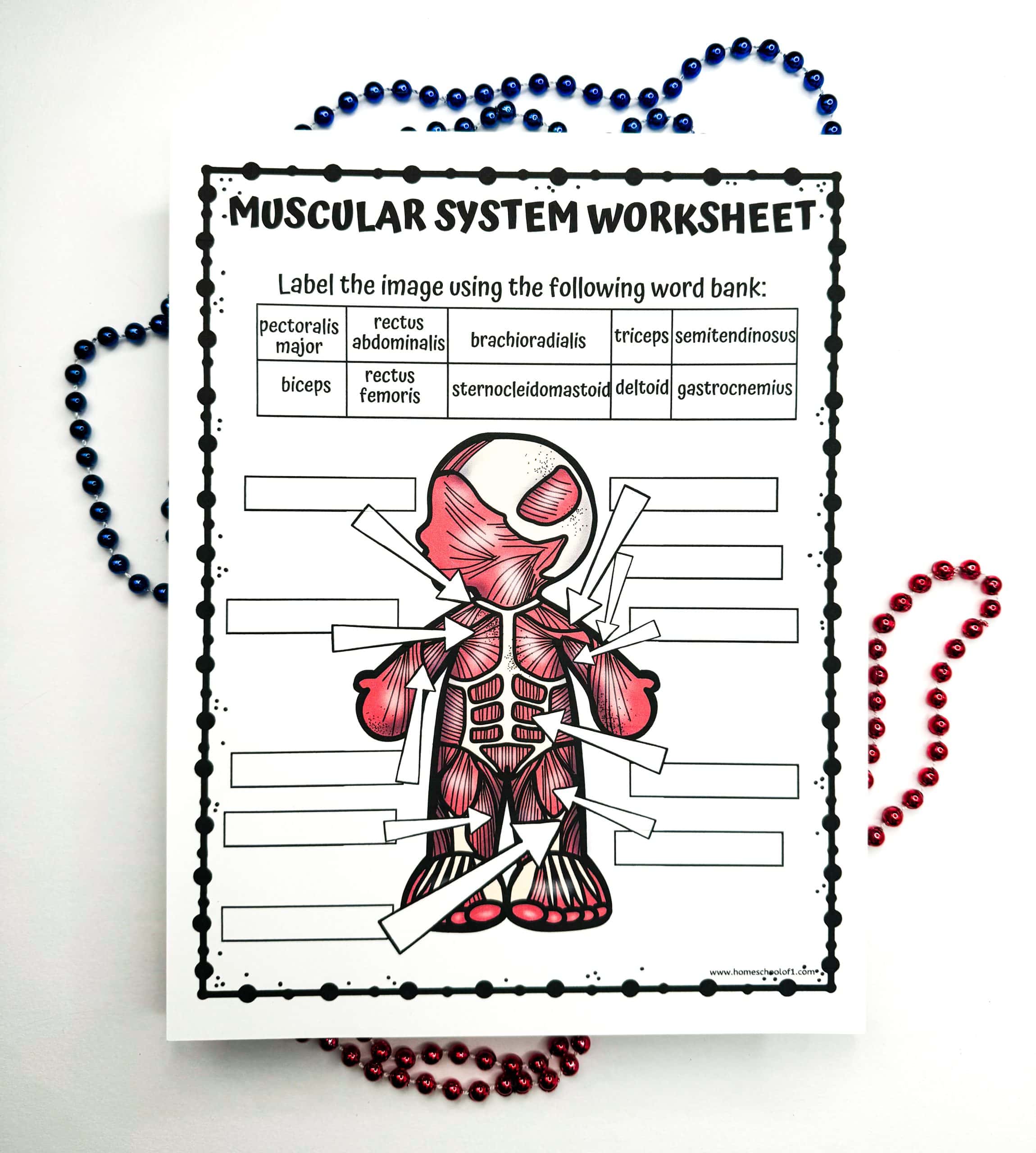
Muscle Highlights in the Worksheet
Semitendinosus – Part of the hamstrings at the back of the thigh, it bends the knee. Walking upstairs or bending to pick something up activates it.
Sternocleidomastoid – Found in the neck, it lets you turn your head side to side. Kids can feel it working by putting a hand on their neck while shaking their head “no.”
Deltoid – The rounded muscle on your shoulder that helps lift and rotate your arm. Try lifting your arm out to the side — that’s your deltoid at work.
Pectoralis major – A large chest muscle that helps bring your arms toward the center of your body. It’s the one kids feel during push-ups.
Biceps – Located at the front of the upper arm, this muscle bends the elbow. A fun way to show kids is by asking them to “make a muscle” when lifting a book.
Triceps – On the back of the upper arm, this muscle straightens the elbow. Simple push-offs against a wall let kids feel it.
Gastrocnemius – The calf muscle that points the toes and helps us jump. Students can feel it tighten when standing on tiptoes.
Brachioradialis – Runs along the forearm and helps bend the elbow. It pops up when turning a doorknob or lifting a glass.
Rectus abdominis – The long abdominal muscle that helps with bending forward and posture. Sit-ups are the classic way to show it.
Rectus femoris – A thigh muscle that lifts the leg and straightens the knee. Kids can feel it working when kicking a ball.
After labeling muscles, we often move on to other systems with more free anatomy worksheets!
Muscle Labeling Worksheet With Answers
To make this activity easier to use at home or in the classroom, the worksheet also comes with a completed answer sheet.
Kids can check their work against the labeled diagram, and teachers or parents can quickly see which muscles were tricky.
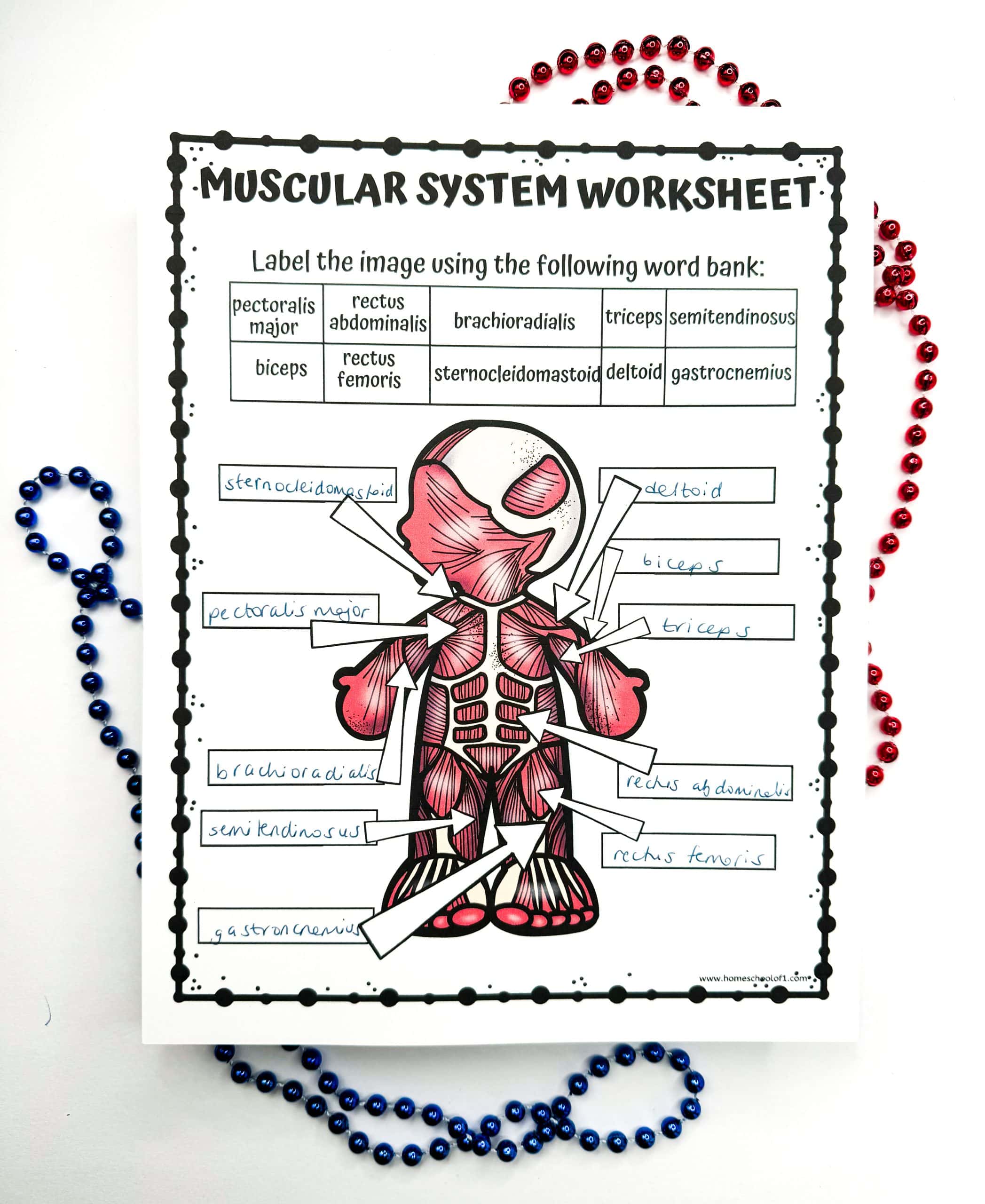
Having the answer key included takes the pressure off and lets the focus stay on learning the names and locations of each muscle.
Looking for more ways to review the human body? Kids can also try our free body systems word search. It’s a fun follow-up to the muscle worksheet and reinforces key vocabulary while keeping things light.
Human Anatomy Books for Kids
When we study anatomy, I always like to pair worksheets with good anatomy books.
They make the science feel more real and give kids stories or facts to hold onto long after the lesson. Here are a few that we’ve enjoyed:
- Know Yourself Series – These interactive anatomy books are hands-on and fun. My son loved the comics and activities, and they really helped him remember tricky terms.
- Human Anatomy for Kids – A clear and colorful introduction that explains movement, breathing, and growth in ways children can grasp. Great as a read-aloud for younger learners or independent reading for older ones.
- Weird but True: Human Body – Not a straight textbook, but full of quirky facts that keep kids curious. We used it as a fun break between labeling worksheets.
- Human Body! – Packed with illustrations and simple explanations. It covers muscles, bones, and senses in a way that’s broad but still accessible.
Get Your Free Muscular System Labeling Sheet Here!
If you don’t see the form below, click here to get the free muscular system PDF.
Last Updated on 23 October 2025 by Clare Brown

